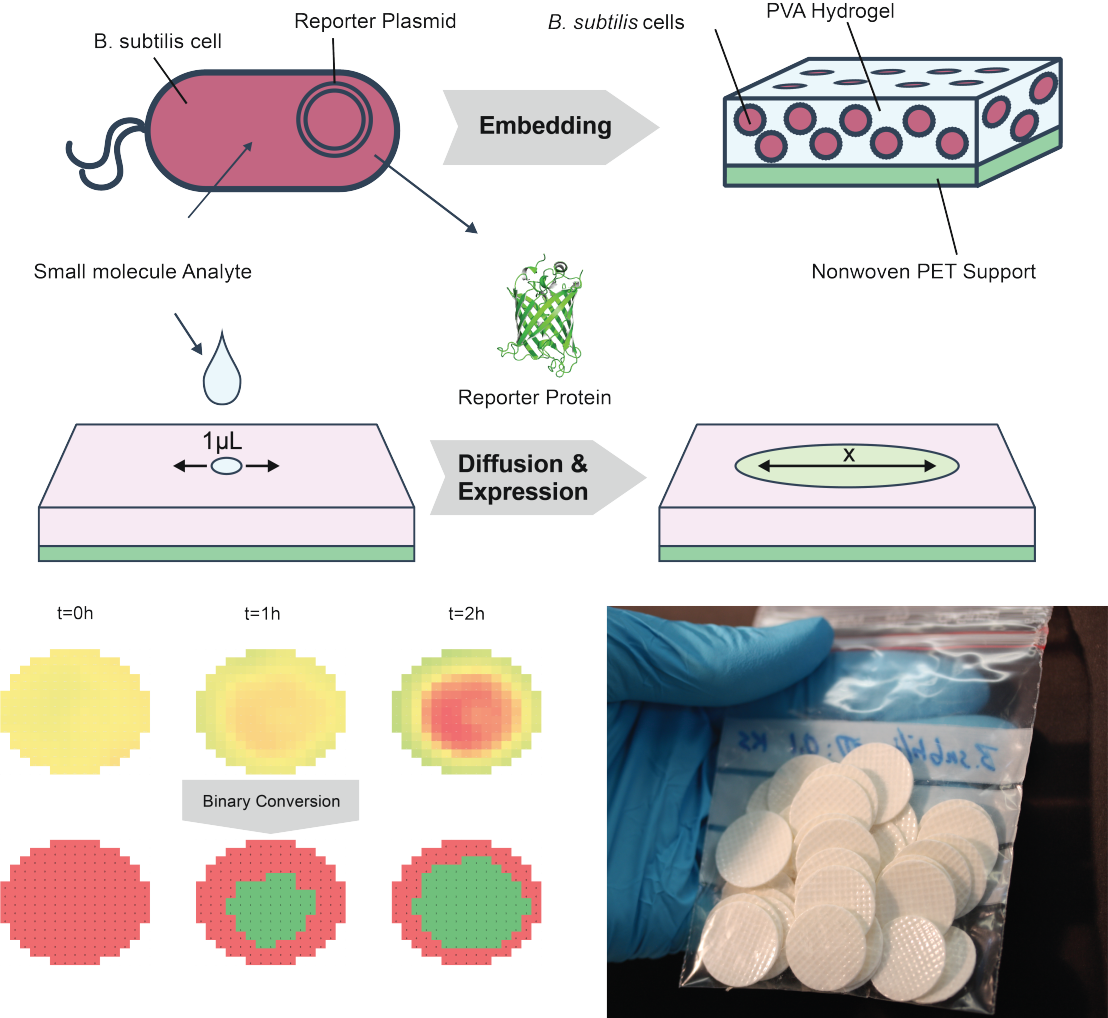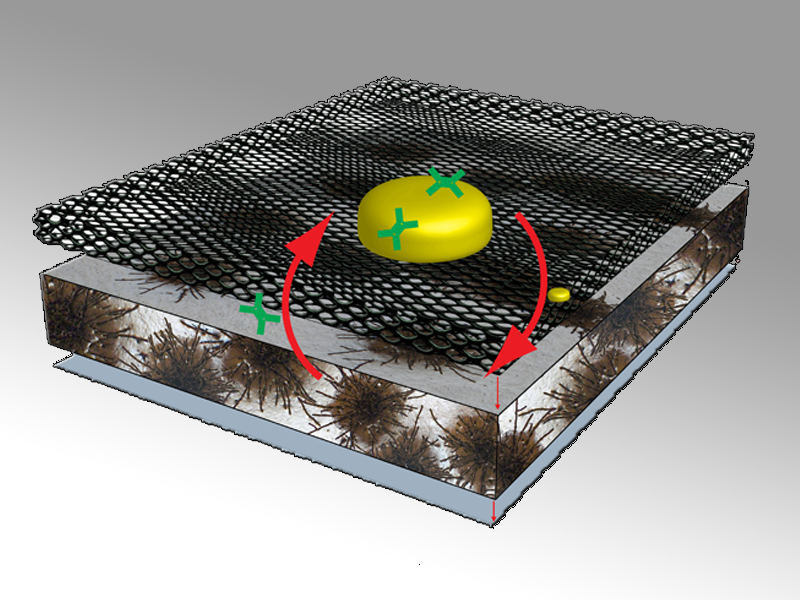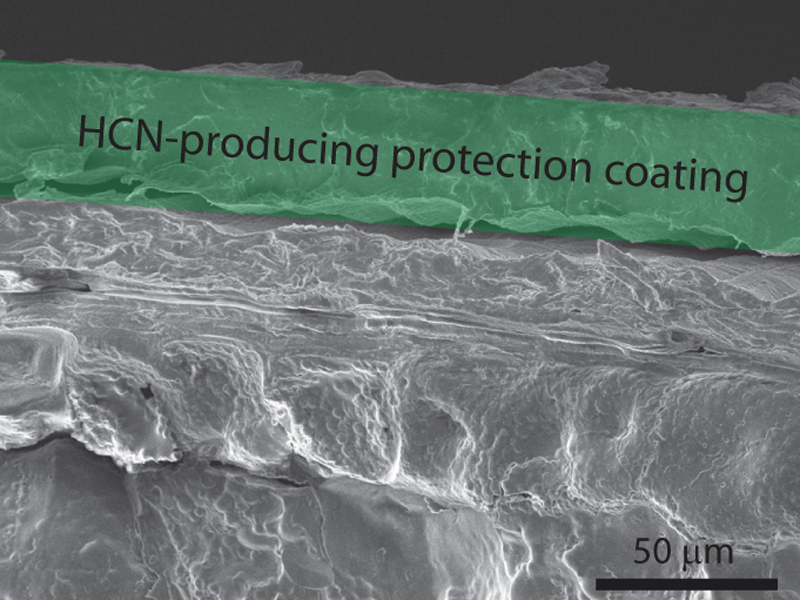Biomaterials & Living Surfaces
Multifunctionality is a strong demand set to the next generation of materials. One way to cope with this trend is the use of biological materials and systems. The result from this research are biomaterials and living materials, which find their way into todays dental materials, sensor technolgy or textile production.

Contact: Prof. Wendelin Stark
Biological sensors are a versatile alternative to conventional analytical methods, and find a growing interest in research, clinical detection, and point-of-care diagnostics. One way to prime biosensors for their application in a commercial context is their encapsulation into novel materials and their combination with innovative readout devices such as smartphones or facile visual systems. The result from this research are novel field applications of biological sensors, in an ecological or medical context.
Recent publications from our group have demonstrated the development of a whole-cell biosensor platform and its subsequent application to quantify estrogens, environmentally relevant contaminants. Currently the focus lies on expanding the toolbox by employing different sensing mechanisms and establishing protocols to analyze environmental samples.
Publications in the area:
- Analytical Sciences, Review, 2019 (external pageLinkcall_made)
- Adv. Mat. Tech., 2019 (external pageLinkcall_made)
- Biosensor & Bioelec., 2019 (external pageLinkcall_made)

Contact: Prof. Wendelin Stark
Living organisms’ complex responses to environmental stimuli have spurred the development of synthetic materials that mimic many of these natural processes. Instead of synthetic biomaterials we directly incorporate living microorganisms such as fungi or bacteria in to a polymer enclosed matrix. The organisms cannot escape but still communicate with the outer environment through the nano-porous polymer layers by e.g. taking up nutrients or responding to threats by producing antibiotics. Besides keeping surfaces clean and sterile such a material could also serve as highly specific bio-sensors or even as bio-displays.
Publications in the area:
- Angew. Chem. Int. Ed., 2012. external pageLinkcall_made
- Chem. Commun., 2012. external pageLinkcall_made
- Biomaterials, 2015. external pageLinkcall_made

Contact: Prof. Wendelin Stark
Inspired by the bitter almond we developed self-defending seed coating. Triggered by a herbivore attack separated compounds in the coating mix and a cascade reaction starts forming hydrogen cyanide (HCN). This toxin acts as a repellent and thus protects the crop from different pest species. The coating is fully biodegradable and is thought to be applied in stored grains as an alternative to pesticides, which gained a lot of criticism for being responsible for different environmental catastrophes as the mass death of bees.
Publications in the area:
- J. Mater. Chem. A, 2014. external pageLinkcall_made
- J. Agr. Food Chem., 2016. external pageLinkcall_made ETH News

Contact: Prof. Wendelin Stark
Gelatin is an exceptional and versatile biopolymer with applications in various industries. As the most abundant structural protein in vertebrates it is available in megaton quantities from slaughterhouse waste. On these grounds, it would be a plausible substitute for synthetic polymers. We are currently exploring different spinning processes to produce continuous protein filaments from a non-equilibrium gelatin/water/2-propanol mixture. The obtained gelatin fibers have promising properties and resemble natural fibers such as wool.
Publications in the area:
- Adv. Funct. Mater., 2014. external pageLinkcall_made
- Macromol. Mater. Eng., 2014. external pageLinkcall_made
- P.R. Stössel, R.N. Grass, W.J. Stark, WO2014190443.
